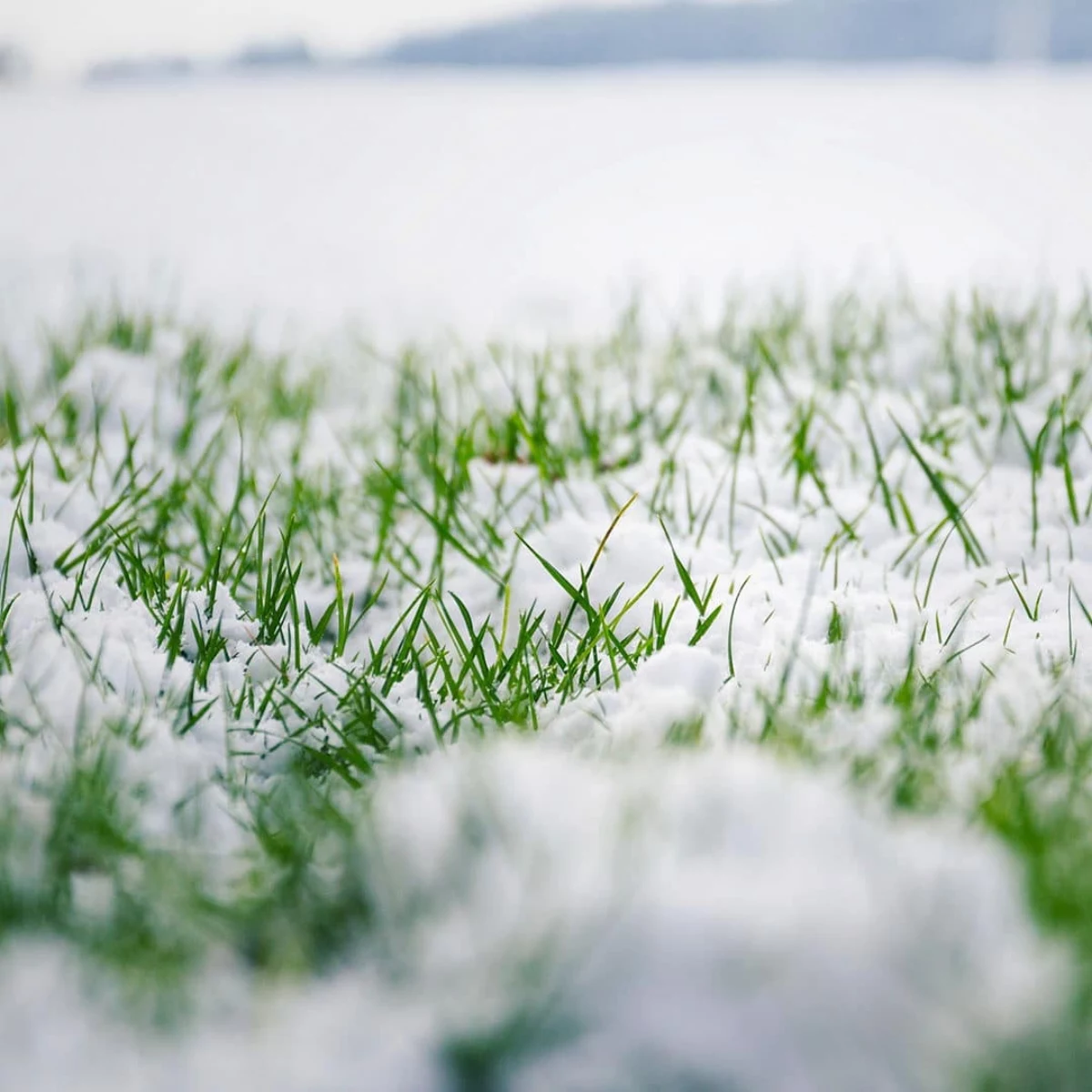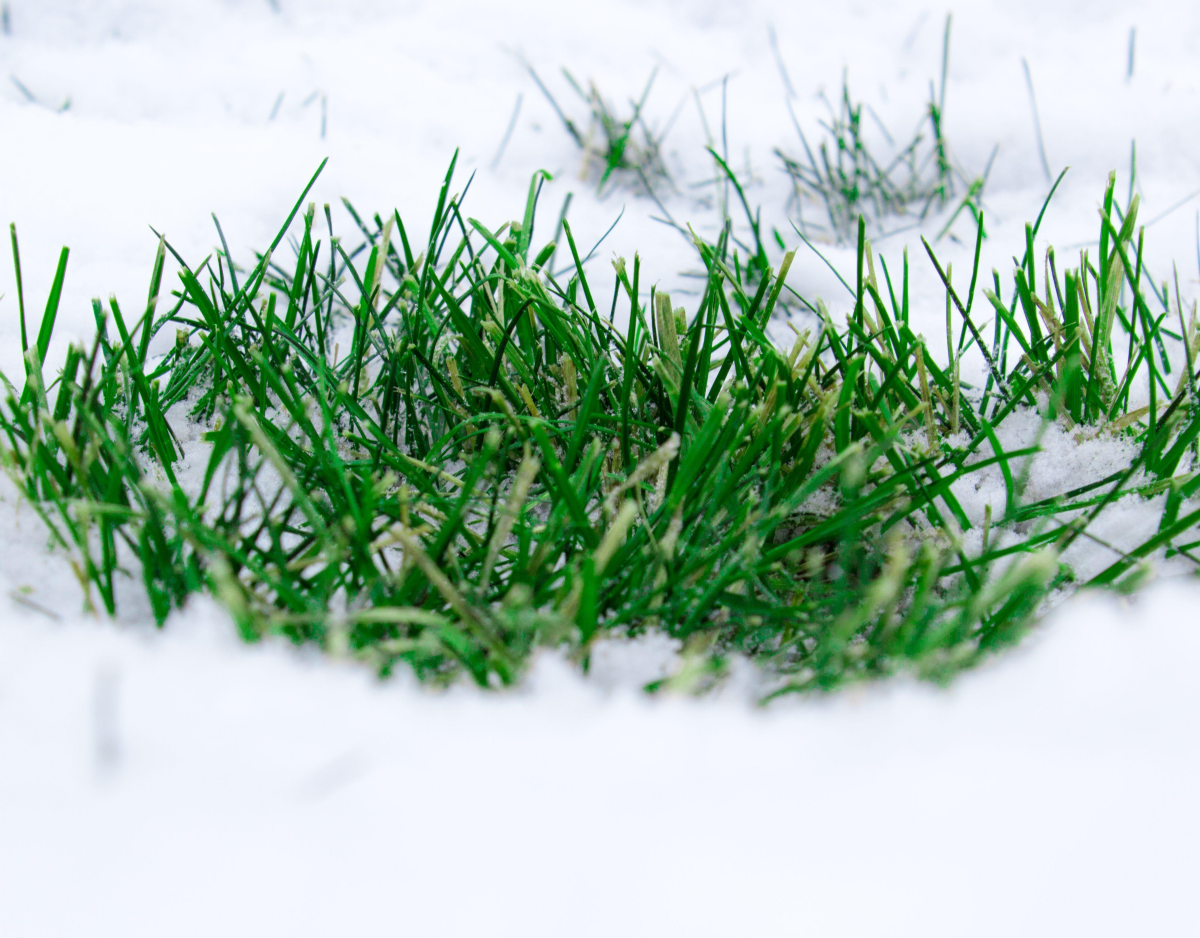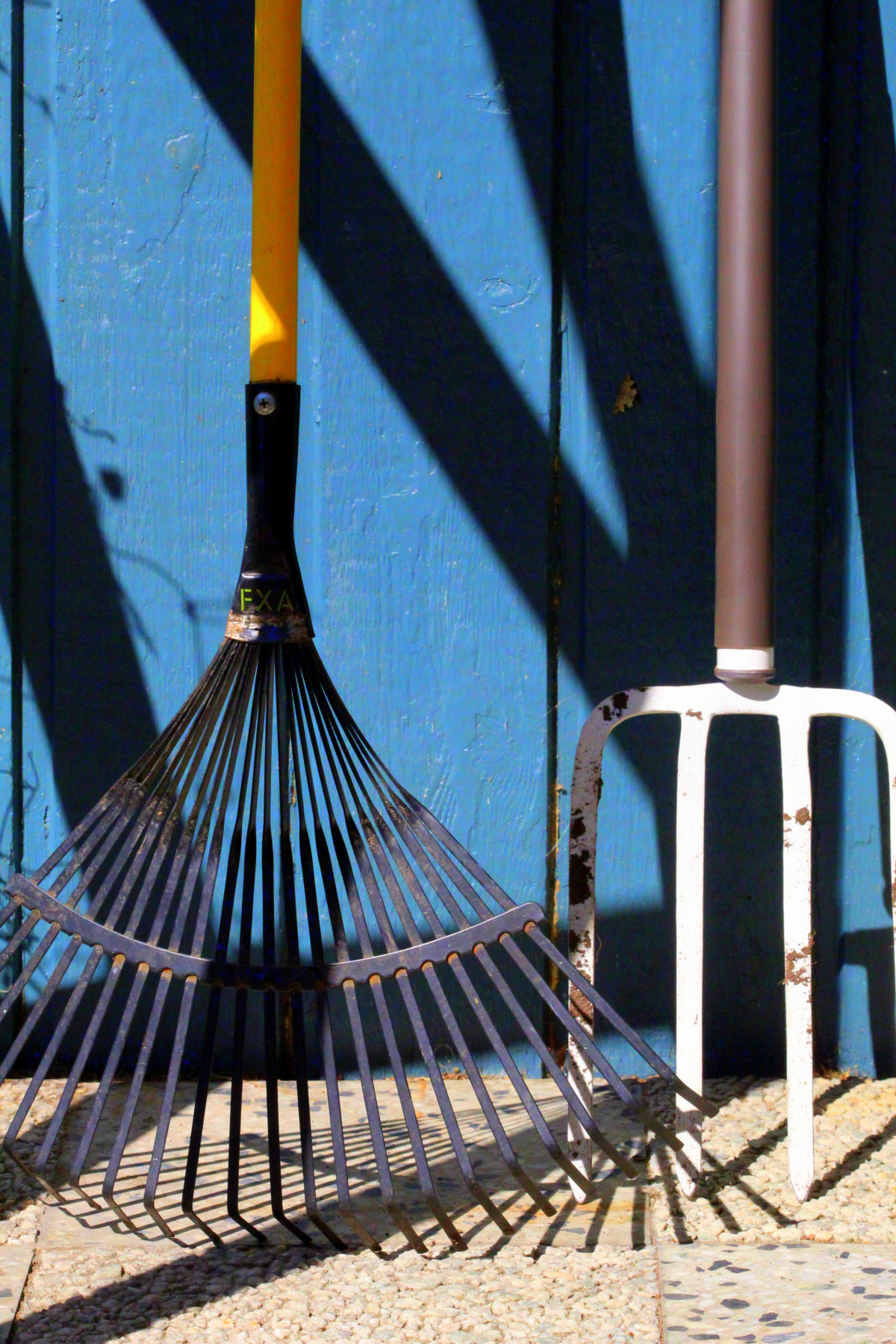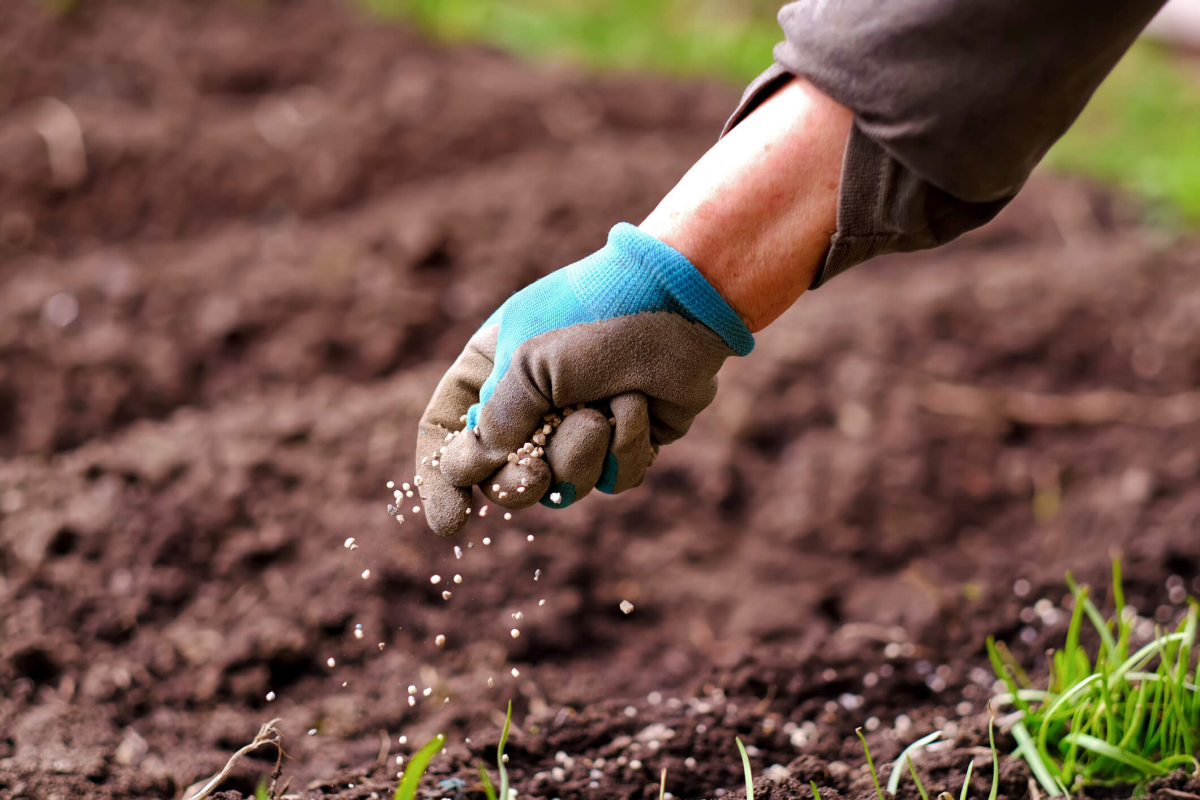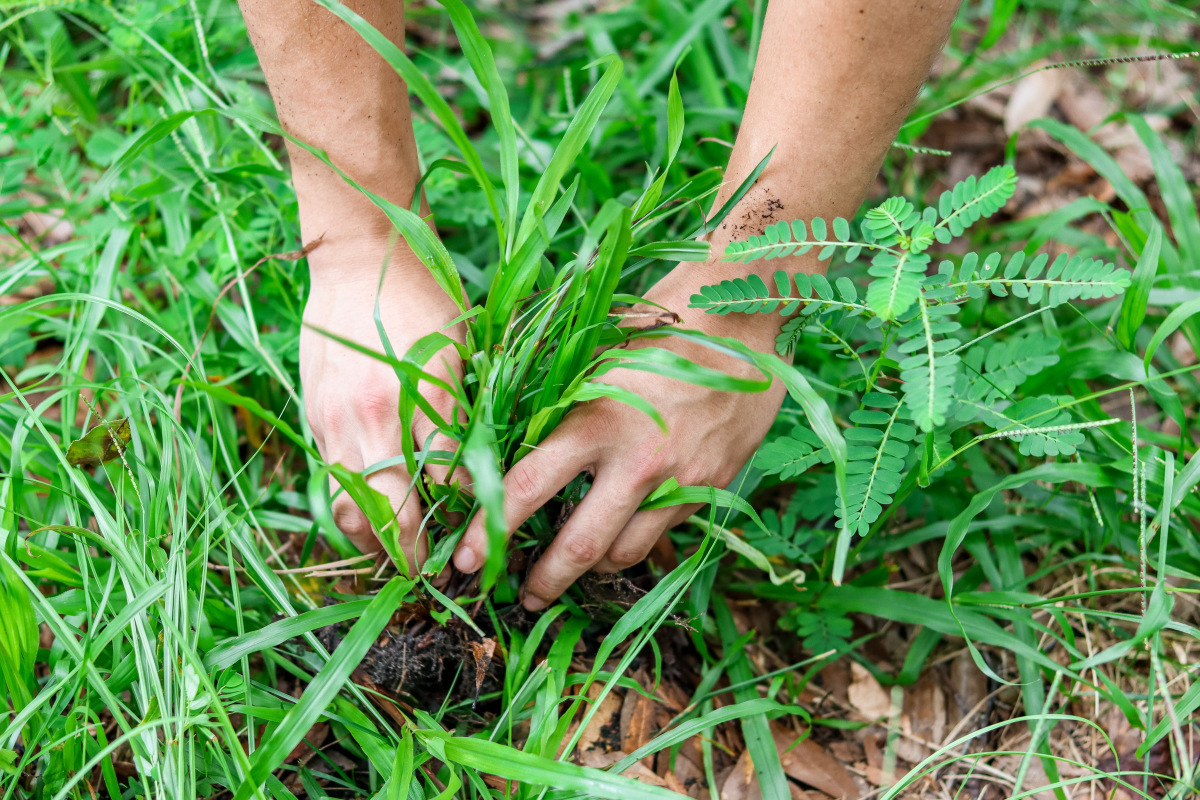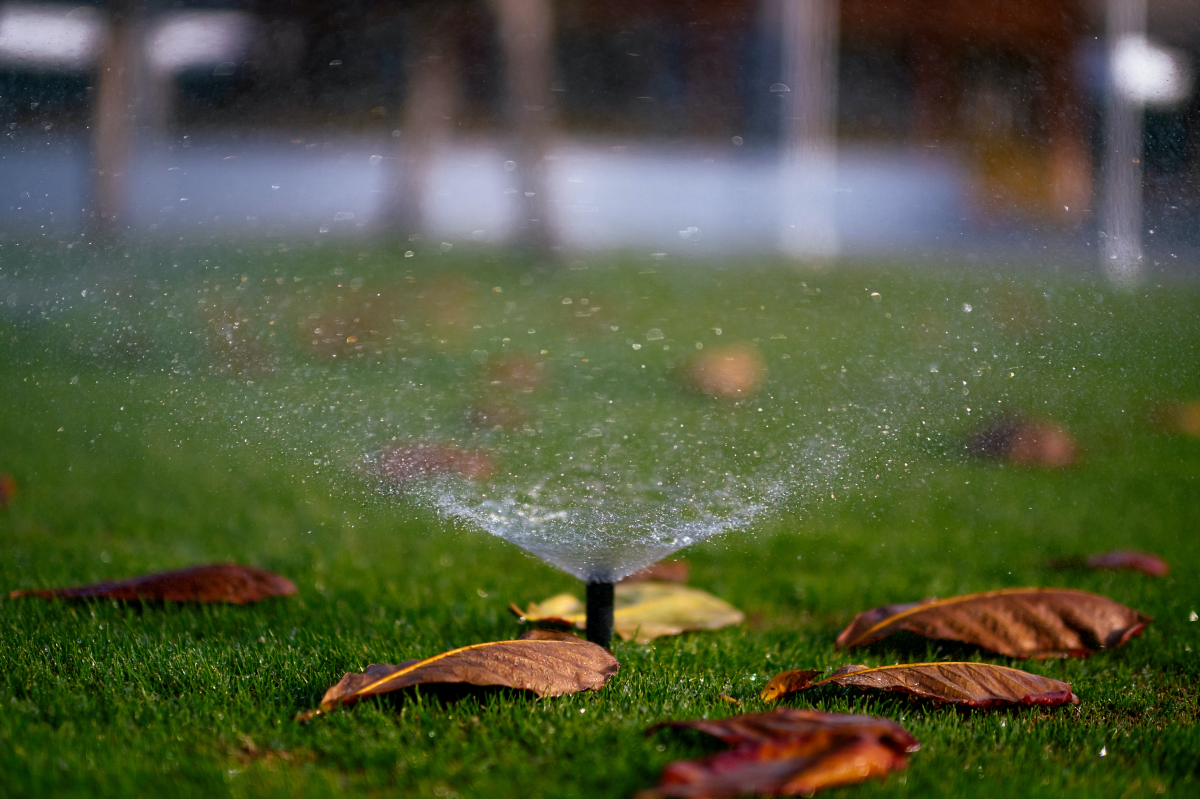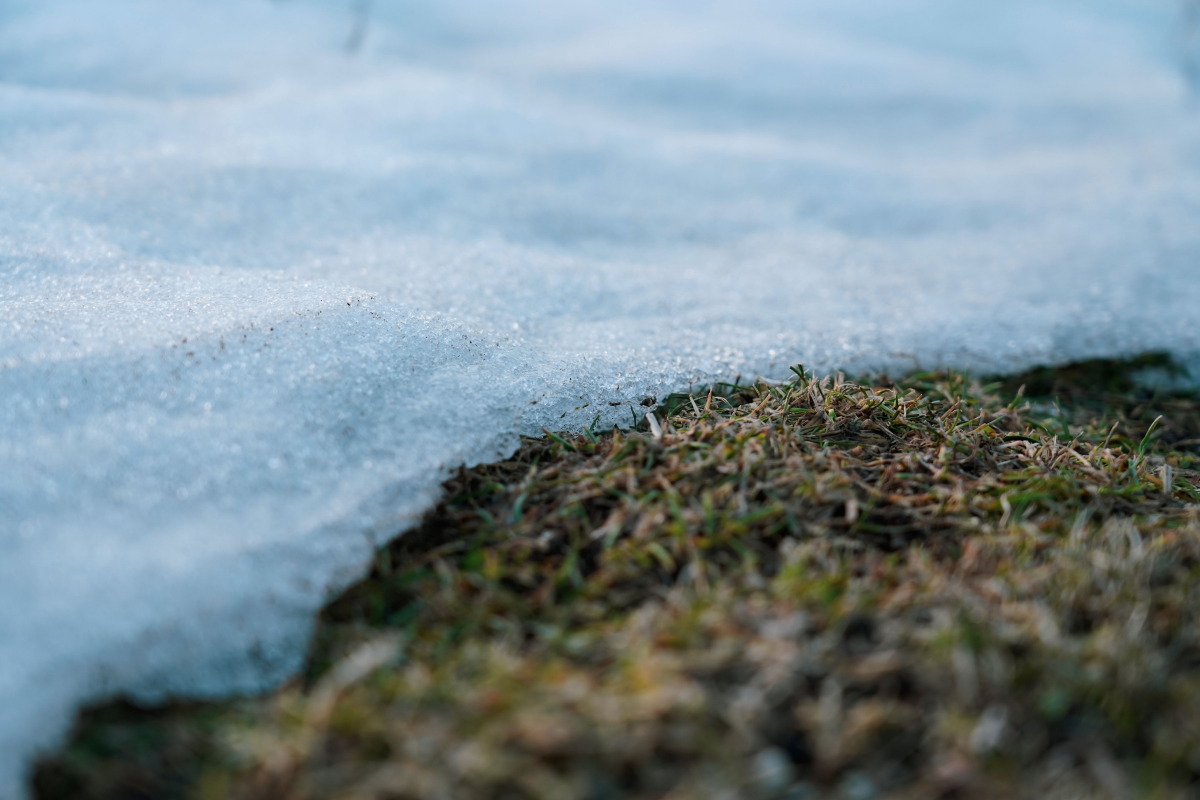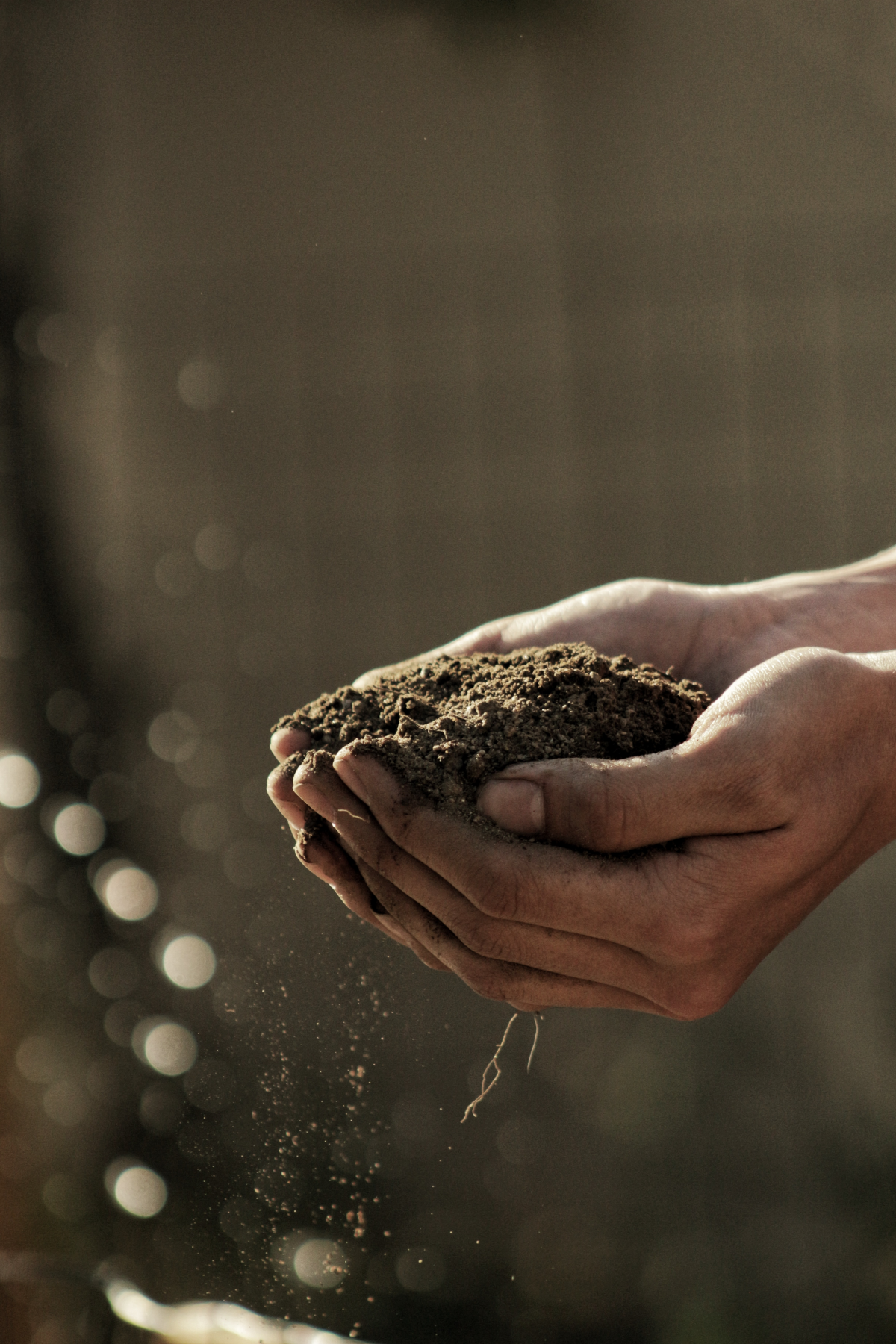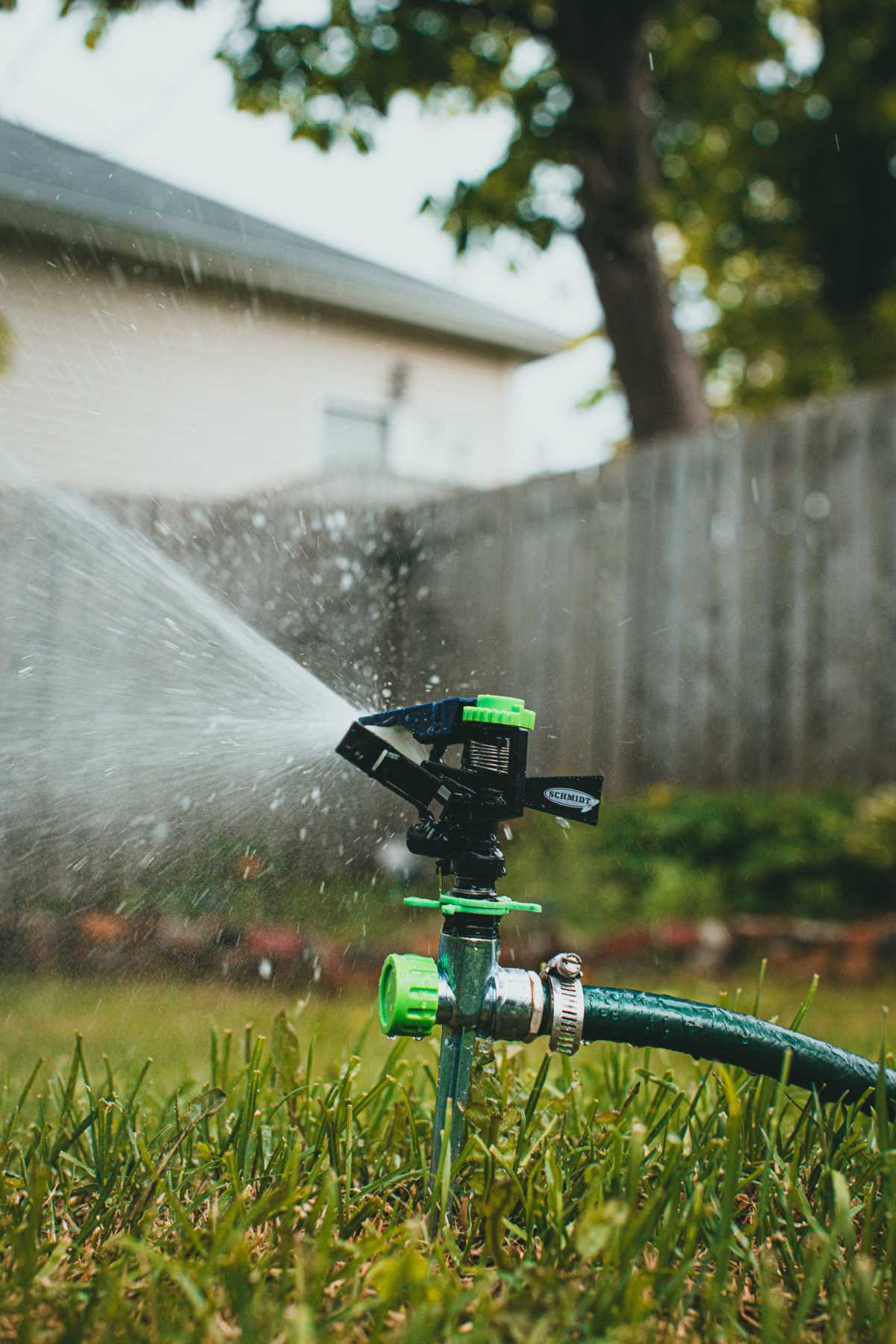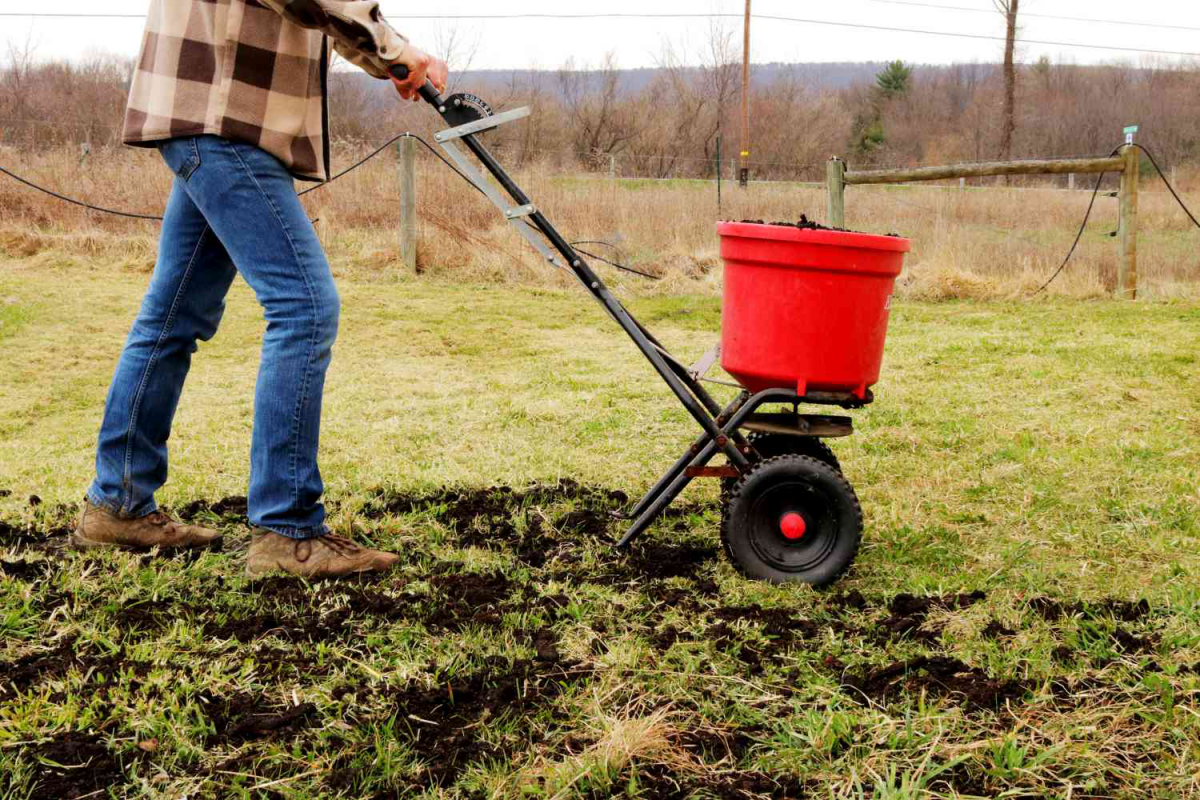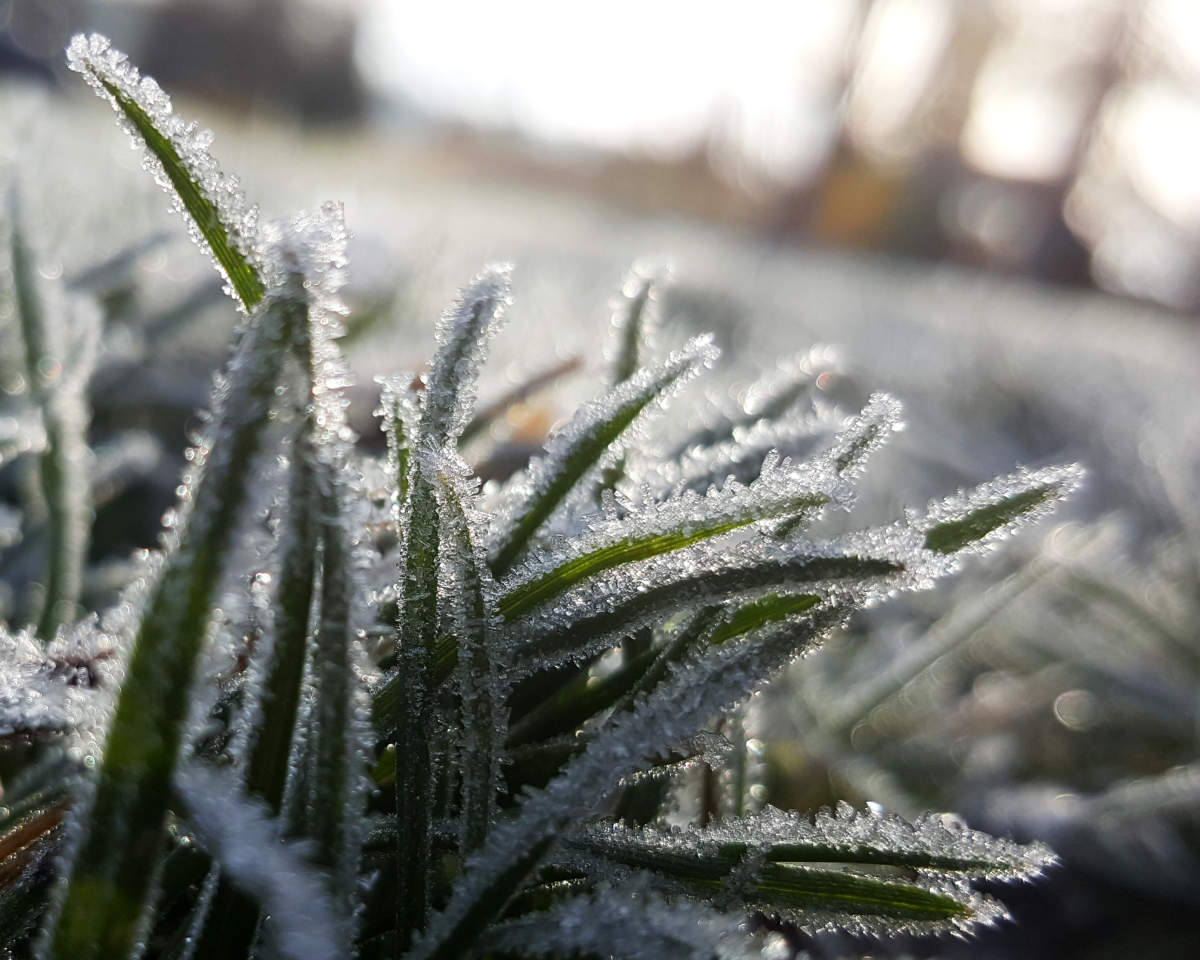Here Is How To Winterize A Lawn: 15 Ways To Get Your Yard Ready
Winter, with its serene snowfalls and crisp, frosty mornings, also brings a pause to the vibrant life of our lawns. As the days shorten and temperatures drop, lawn care takes on a different hue – it’s time for winterization. This process is crucial. It’s not just about maintaining the aesthetic appeal of a lush, green yard. Winterizing your lawn is about protecting it from the harsh elements and ensuring it emerges in spring, ready to flourish. Neglecting this vital step can lead to a host of problems, from frost damage to increased susceptibility to disease. But fear not, as we unfold the secrets to successfully winterizing your lawn, ensuring it remains a jewel in the crown of your home’s outdoor space. Today, we will show you how to winterize a lawn like a pro.
It’s time to learn how to winterize a lawn
In this article
How To Winterize a Lawn
When the leaves begin their autumnal transformation, it’s nature’s gentle nudge for us to start preparing our lawns for the winter ahead. Winterizing your lawn is much like preparing a cherished garden for a restful hibernation, ensuring it emerges in spring, rejuvenated and bursting with life. Think of it as a nurturing ritual, a way to care for your lawn so that when warmer days return, it awakens lush, green, and full of vitality. By following this step-by-step guide, you’re not just preserving the beauty of your lawn. You’re also enhancing its resilience against winter’s harshness and setting it up for a thriving return once the frost thaws. The effort you put in now will pay off handsomely when your lawn becomes a verdant oasis as the seasons change.
You can easily winterize a lawn
Mow one last time
As autumn’s vibrant display fades, it’s time for one final, crucial lawn mowing. This last mow is more than a mere trim. It’s a preparatory step for the coming winter. Cutting your lawn shorter than usual is advised as it helps prevent matting, which can suffocate the grass under snow. Shorter grass is also less inviting for pests and less prone to fungal diseases, common in cold, moist conditions. This mowing should be approached as a careful balance – short enough to protect the lawn, but not so short as to stress it before the onset of winter. It’s about setting your lawn up for success, reducing the risk of damage during the cold months, and ensuring it emerges healthy and robust in the spring.
Cutting your lawn shorter than usual is advised
Aerate the soil
Aeration, a process often overlooked, is vital for a healthy lawn, particularly in preparing for winter. Aerating involves perforating the soil with small holes to allow air, water, and nutrients to penetrate the grass roots more effectively. This process helps the roots grow deeply, creating a stronger, more vigorous lawn. In the lead-up to winter, aeration can be especially beneficial as it improves the lawn’s resilience to cold and frost. It also aids in reducing soil compaction, a common issue in well-trodden lawns. By taking the time to aerate your lawn, you’re enhancing its ability to withstand the harsh winter conditions and setting the stage for lush growth when warmer weather returns.
Aeration is a process that is often overlooked
Rake up leaves
The beauty of autumn leaves quickly fades when they blanket your lawn. These leaves, if left unattended, can form a dense layer that smothers the grass, blocking essential sunlight and air circulation. This can lead to issues like mold growth and lawn diseases. Regularly raking or blowing the leaves away is essential for maintaining lawn health. It’s a task that might seem tedious but is crucial for preventing the grass from becoming weak and vulnerable. A clear lawn allows for better air circulation and light penetration, essential components for maintaining the health of your grass. So, as the leaves fall, make it a routine to keep your lawn free of this beautiful yet potentially harmful autumnal blanket.
Leaves can form a dense layer that smothers the grass
Apply fertilizer
Equipping your lawn with the right nutrients before winter sets in is akin to giving it a suit of armor against the cold. Applying a winter fertilizer provides your grass with the essential nutrients needed to endure the cold months. This step is particularly important as it helps strengthen the grass’s roots, ensuring they remain robust and healthy. Winter fertilizers are typically high in potassium, which aids in root growth and disease resistance. By fertilizing your lawn in the fall, you’re not only feeding it but also fortifying it against the stresses of winter. This preparation helps ensure that come spring, your lawn is ready to grow back thicker and greener, having had the sustenance it needed to survive the winter.
You need to equip your lawn with the right nutrients before winter sets
Overseed
Overseeding in the fall is a strategic step in lawn care, particularly effective in temperate climates. This process involves spreading new grass seed over your existing lawn, filling in bare patches, and improving the overall density and health of your lawn. Fall’s cooler temperatures and occasional rainfall create ideal conditions for seed germination and growth. The new grass will also face less competition from weeds, which are less active in the fall. By overseeding, you’re not only enhancing the appearance of your lawn but also increasing its resilience against winter’s harsh conditions. This proactive step ensures that your lawn has the best chance of remaining thick and healthy, laying a strong foundation for the upcoming growing season.
Overseeding in the fall is a smart step if you want to winterize your lawn
Weed control
Addressing weed issues in your lawn during the fall is a key aspect of winter preparation. Weeds, like most plants, are storing energy in their roots and preparing for the colder months, making them more susceptible to treatments. Controlling weeds in the fall prevents them from gaining a foothold in the spring, ensuring your lawn remains as healthy and weed-free as possible. A comprehensive weed control strategy in the fall can include both manual removal and the application of herbicides, depending on the extent of the weed problem. By taking action against weeds in the autumn, you’re reducing competition for resources, ensuring your lawn has access to all the nutrients, water, and light it needs to thrive.
Addressing weed issues in your lawn during the fall is a key aspect of winter preparation
Water until the frost
Continuing to water your lawn until the first hard frost is a crucial aspect of winter preparation. While it might seem counterintuitive as the weather cools, your lawn still requires moisture to prepare for winter. This watering helps to keep the grass strong and resilient against the cold. Maintaining a regular watering schedule in the fall ensures that the soil remains moist and the roots stay hydrated, which is particularly important after overseeding or fertilizing. By providing your lawn with adequate water until the onset of winter, you’re helping to safeguard it against the stresses of cold weather and setting it up for a healthy return in the spring.
Continue to water your lawn until the first hard frost
Protect from heavy loads
Protecting your lawn from heavy loads during the winter is crucial for maintaining its health. Compacted snow and ice, combined with the pressure from foot traffic or heavy equipment, can stress and damage the grass beneath. This pressure can compact the soil, making it difficult for air and nutrients to reach the roots of your grass. Avoiding activities that put undue stress on your lawn during the winter helps preserve its structure and health. By minimizing traffic and avoiding placing heavy objects on your lawn during the colder months, you’re helping to ensure that your grass remains healthy and resilient, ready to grow vigorously when spring arrives.
Compacted snow and ice can stress and damage the grass beneath
Mulch young plants
Young trees and shrubs in your lawn are particularly vulnerable during the winter months. Mulching around these plants provides an extra layer of insulation, protecting their roots from the cold. This layer of mulch acts as a buffer against temperature fluctuations and helps retain soil moisture. It’s especially important for plants that have been recently planted and haven’t yet established a strong root system. Mulching not only protects these young plants from the harsh winter conditions but also contributes to the overall health and appearance of your lawn and garden. By taking the time to mulch around your young plants, you’re giving them the best chance to survive the winter and thrive in the spring.
Mulching around these plants provides an extra layer of insulation
Check pH levels
Testing and adjusting the pH level of your lawn’s soil is an important aspect of winter preparation. The pH level of your soil plays a significant role in how effectively your lawn can access and utilize nutrients. If the soil is too acidic or alkaline, it can hinder the ability of your grass to absorb essential nutrients, affecting its health and growth. By testing the pH levels in the fall, you have the opportunity to correct any imbalances before winter sets in. Adjusting the pH level to the optimal range for grass helps ensure that your lawn has access to the nutrients it needs from the soil, setting it up for a healthy and vibrant return in the spring.
To winterize your lawn you need to test and adjust the pH level of your lawn’s soil
Drain irrigation systems
An often overlooked but crucial step in winterizing your lawn is draining your irrigation system. Water left in pipes can freeze, causing the pipes to burst and leading to costly repairs. Before the first freeze, thoroughly drain your sprinkler system, hoses, and any other outdoor water systems. This step ensures that your irrigation system remains intact through the winter and is ready to function properly when spring arrives. It’s about safeguarding your watering infrastructure, ensuring it survives the winter and is operational for the next season of lawn care.
Water left in pipes can freeze
Apply a layer of topdressing
Enhancing your lawn’s soil quality before winter can be achieved by applying a layer of topdressing. This mixture, usually composed of sand, soil, and compost, helps improve soil structure and nutrient content. Spreading a thin layer across your lawn can aid in leveling the surface, improving drainage, and providing essential nutrients. This process helps create a healthier base for your grass, promoting stronger growth and better resistance to winter stresses. It’s an additional nourishment step that bolsters your lawn’s health during the dormant months.
Apply a layer of topdressing
Prune trees and shrubs
The health of your lawn is also influenced by the trees and shrubs that surround it. Fall is the ideal time to prune back overgrown branches, which can help reduce the amount of leaf litter and provide better air circulation and light penetration to your grass. Properly pruned trees and shrubs not only contribute to the overall aesthetics of your yard but also play a role in maintaining a healthy lawn. Removing dead or diseased branches also minimizes the risk of damage from winter storms, protecting both your lawn and property.
The health of your lawn is also influenced by the trees and shrubs that surround it
Lawn equipment maintenance
As part of winterizing your lawn, don’t forget to care for the tools that help maintain it. Service your lawn mower, weed trimmer, and other equipment by cleaning, sharpening blades, and changing the oil. Properly winterizing your lawn equipment extends its life and ensures it’s ready for use come spring. Store all equipment in a dry, protected space to prevent rust and deterioration over the winter months.
Don’t forget to care for the tools that help maintain it
Protect delicate lawn areas
Certain areas of your lawn might be more vulnerable to winter damage, such as newly seeded patches or areas that receive high foot traffic. Protect these delicate sections by setting up barriers or signs to minimize traffic. For newly seeded areas, consider covering them with a protective layer of straw to provide insulation against extreme cold. These additional precautions can make a significant difference in how well these areas of your lawn recover and grow in the spring.
Certain areas of your lawn might be more vulnerable to winter damage
Properly winterizing your lawn is an investment in its future health and beauty. By following these steps, you’re not just preparing your lawn for the cold months. You’re setting the stage for a stunning revival come spring. Remember, a little effort in the fall can lead to a lush, vibrant lawn that’s the envy of the neighborhood in the warmer months. So, as winter’s chill approaches, take the time to care for your lawn, and watch as it rewards you with robust growth and vitality in the new year.
Now you know how to winterize a lawn
